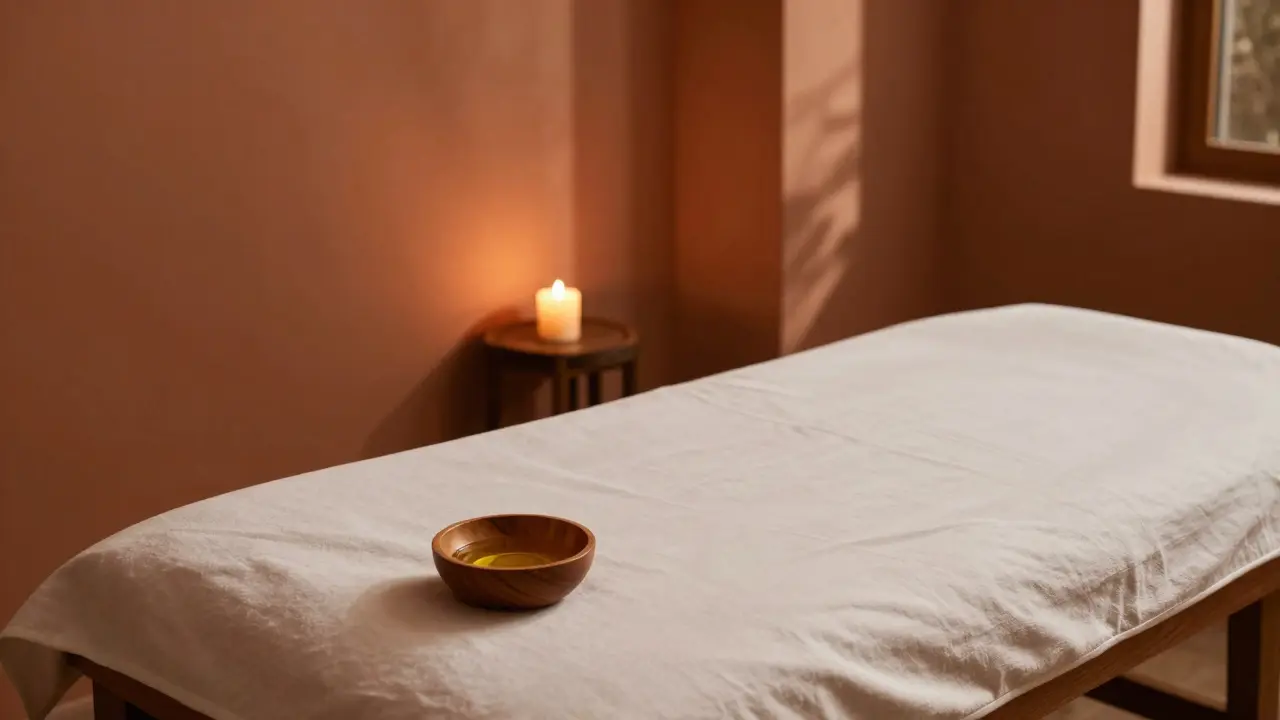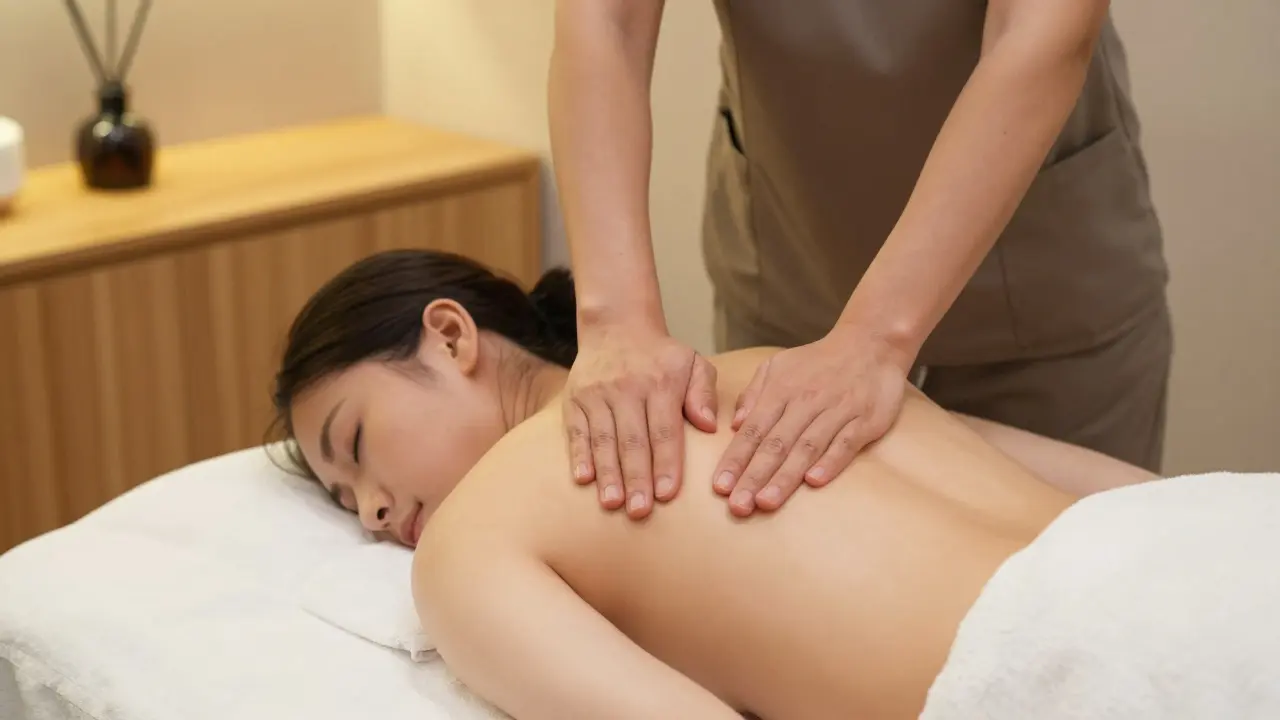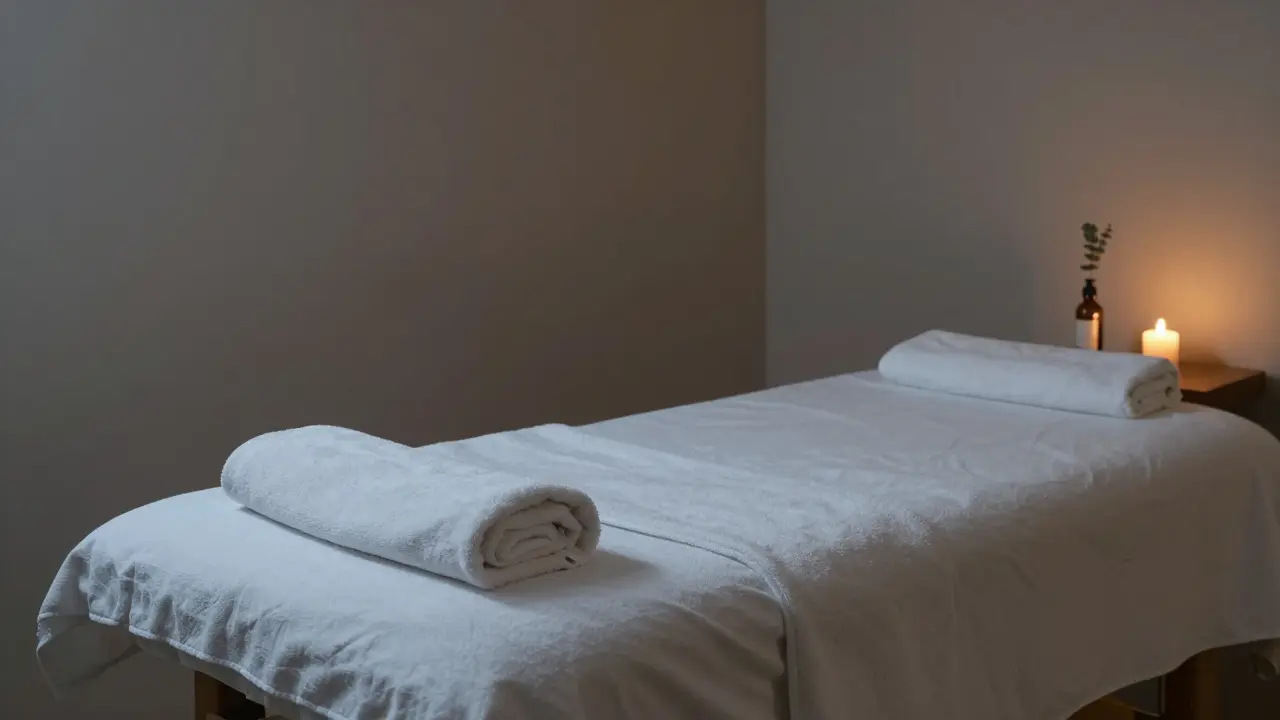Deep Tissue vs Swedish Massage: Find Your Perfect Match
When you hear Deep Tissue vs Swedish Massage, a side‑by‑side look at two popular massage styles that differ in pressure, technique, and purpose. Also called deep tissue versus Swedish, this comparison helps you decide which approach best matches your body goals. Another key player in this discussion is Massage Pressure, the level of force a therapist applies, ranging from light strokes to firm, targeted moves. And don’t overlook Therapeutic Benefits, the health improvements you can expect, like reduced muscle tension or increased circulation. Understanding these entities makes it easier to pick the right session for your schedule and needs.
How Pressure Shapes the Experience
Deep tissue massage uses strong, focused pressure to reach the deeper layers of muscle fibers. The therapist often works along the grain of the muscle, applying sustained strokes that can feel intense but aim to break down scar tissue. Swedish massage, in contrast, relies on lighter, flowing strokes called effleurage that glide over the skin and superficial muscles. This difference means deep tissue is geared toward athletes or anyone with chronic tension, while Swedish offers a soothing, stress‑relieving experience for most people.
Both styles share the goal of improving blood circulation, but they go about it in distinct ways. Deep tissue creates micro‑tears that trigger a healing response, boosting nutrient flow to the targeted area. Swedish, on the other hand, boosts circulation through rhythmic, full‑body movements that stimulate the lymphatic system. In short, deep tissue = targeted healing; Swedish = overall relaxation.
Choosing the right technique depends on what you want out of the session. If you’re dealing with a stubborn knot in your lower back, deep tissue’s higher pressure can release that tension more effectively. If you’re simply looking to unwind after a long day, the gentle glide of Swedish is likely enough to melt stress away.
Another factor is the therapist’s expertise. A skilled professional can adjust pressure on the fly, blending deep tissue’s intensity with Swedish’s flow for a hybrid approach. Many Dubai spas, including Blue Star Arabic Spa, train therapists to read your feedback and tailor the session accordingly.
Beyond pressure, recovery time varies. Deep tissue often leaves you a little sore for a day or two—a sign that your muscles are repairing. Swedish usually leaves you feeling refreshed right away, with no lingering soreness. Knowing this helps set realistic expectations for post‑massage care.
Finally, consider the setting. Some people prefer the quiet, candle‑lit rooms typical of Swedish sessions, while others enjoy the focused, clinical vibe of a deep tissue treatment aimed at specific injuries. Your comfort level with the environment can influence how much you benefit from each style.
Now that you’ve seen how pressure, technique, and benefits intertwine, you’re ready to explore the detailed articles below. They cover everything from safety tips and frequency recommendations to how to communicate your preferences with a therapist, giving you the tools to make an informed choice and get the most out of your next massage.






